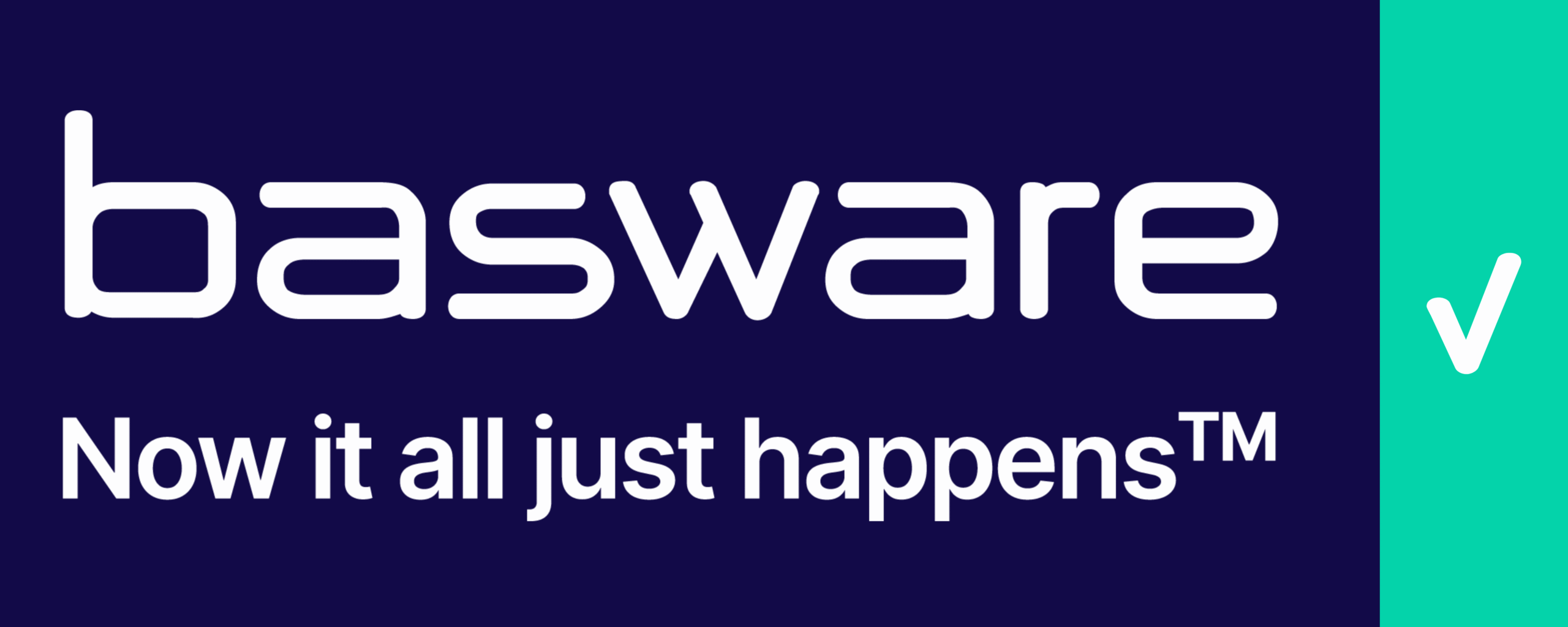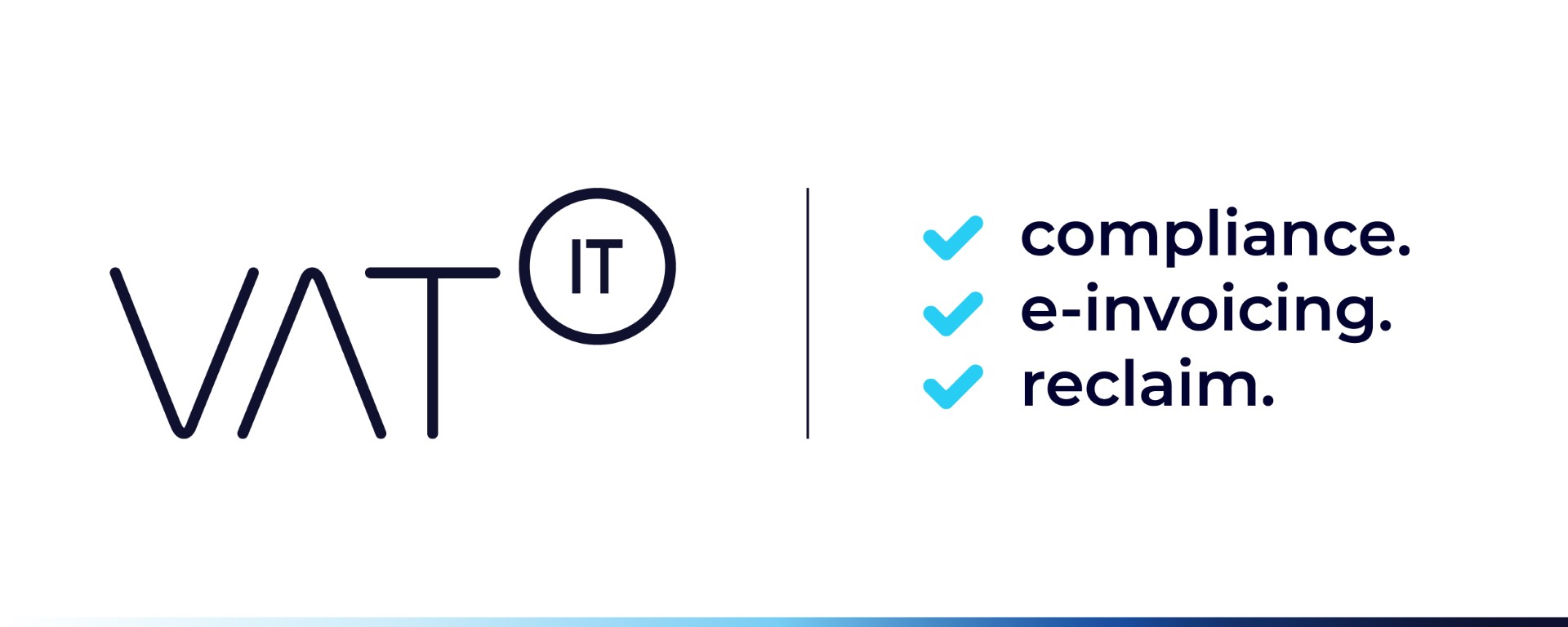- Since January 2019, e-Invoicing has been mandatory for B2C and B2B transactions in Italy with the introduction of the SdI pre-clearance model.
- Italy is the first EU country to make B2B e-Invoicing mandatory through a clearance model. Taxpayers must transmit their invoices to the government portal for validation and approval before they can be downloaded and delivered to customers.
- The accepted invoice format is FatturaPA, which is an electronic invoice structured in an XML file. It is important to affix a certified electronic signature or digital signature for content integrity and origin authenticity.
- The transmission of the invoice depends on the unique identification code of the office it is addressed to. Invoices are automatically generated in the supplier’s ERP system before being transmitted to SdI. The issuer receives a confirmation of acceptance, and the electronic invoice is sent to the recipient by SdI.
- Taxpayers with an annual turnover below EUR 65,000 (reduced to EUR 25,000 from July 2022) are exempt from the obligation, but from January 2024, all taxpayers adopting the flat rate scheme must send invoices electronically.
- The e-Invoicing obligation in Italy aims to combat VAT evasion and simplify fiscal and administrative processes.
Source SNI
- Join the Linkedin Group on Global E-Invoicing/E-Reporting/SAF-T Developments, click HERE
Click on the logo to visit the website
Latest Posts in "Italy"
- VAT Exemption Also Applies to Claims Management Services, Rules Italian Supreme Court
- Italy Proposes Rome as Host City for New EU Customs Authority Headquarters
- Rome Proposes to Host New EU Customs Authority, Highlighting Strategic and Historical Significance
- €78 Million VAT Fraud Uncovered in EU: ‘Nebula’ Investigation Exposes Cross-Border Tax Evasion
- VAT on Prepaid Fuel Cards: When Is It Charged—At Purchase or Refueling?















